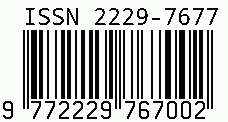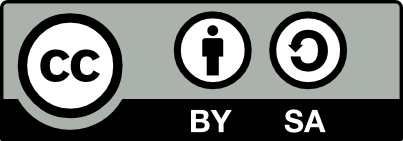
International Journal on Science and Technology
E-ISSN: 2229-7677
•
Impact Factor: 9.88
A Widely Indexed Open Access Peer Reviewed Multidisciplinary Bi-monthly Scholarly International Journal
Plagiarism is checked by the leading plagiarism checker
Call for Paper
Volume 16 Issue 3
July-September 2025
Indexing Partners



















Good Documentation Practices: A Comprehensive Review
| Author(s) | Kothwala Dr. Deveshkumar Mahendralal, Shaikh Amirhamzah Mahmadiqbal, Khalifa Haroonmohammad Rasidmohammad, Bhavsar Girakumari Rajubhai |
|---|---|
| Country | India |
| Abstract | Abstract Good Documentation Practices (GDP) are the protocols used in regulated industries that comply with the principles of GDP to ensure that documents are not only authentic, but accurate, adequate and what they claim to be. This article gives a deep insight into the importance of GDP in pharmaceuticals, health sector and clinical research. We begin by noting GDP ensures that data integrity and maintains that it enables organizations to become compliant with stringent regulatory mandates. At the center of the GDP is the ALCOA protocol of information reporting which affirms that records should be Attributable, Legible, Contemporaneous, Original, and Accurate. Building on this, the ALCOA+ model adds further attributes—Complete, Consistent, Enduring, and Available—to promote the highest standards of data integrity. We also explore how leading global regulatory agencies, including the U.S. Food and Drug Administration (FDA), the European Medicines Agency (EMA), the World Health Organization (WHO), and the International Council for Harmonisation (ICH), have embedded GDP principles into their regulatory expectations and industry guidelines. Various types of documentation commonly seen in regulated environments are classified, and real-world applications of GDP across industries are discussed with examples (e.g. in clinical trial records, manufacturing batch documents, QMS records). The review also addresses the challenges organizations face in implementing GDP – from inadequate training and resistance to digital change, to human errors and insufficient review processes – and the risks of non-compliance. This section outlines best practices and strategies for improving Good Documentation Practices. Key approaches include implementing standardized procedures and leveraging digital tools—such as electronic documentation systems that comply with 21 CFR Part 11—to enhance efficiency and reliability. Continuous training is also emphasized as a vital component in maintaining high documentation standards. In conclusion, effective GDP is shown to be indispensable for regulatory compliance, operational excellence, and the assurance of data integrity in all activities. Organizations that invest in robust documentation practices and cultural transformation not only meet regulatory expectations but also achieve greater efficiency and trust in their processes and products. |
| Keywords | Key Words Good Documentation Practices, data integrity, ALCOA, ALCOA+, Regulatory compliance, documentation, record maintenance, SOP, audit trail, FDA, EMA, WHO, ICH, batch records, for electronic records, Quality Management System (QMS) data traceability, GMP, document standardization, quality culture, training and competence, CAPA. |
| Field | Medical / Pharmacy |
| Published In | Volume 16, Issue 2, April-June 2025 |
| Published On | 2025-06-11 |
| DOI | https://doi.org/10.71097/IJSAT.v16.i2.5572 |
| Short DOI | https://doi.org/g9qqw5 |
Share this


CrossRef DOI is assigned to each research paper published in our journal.
IJSAT DOI prefix is
10.71097/IJSAT
Downloads
All research papers published on this website are licensed under Creative Commons Attribution-ShareAlike 4.0 International License, and all rights belong to their respective authors/researchers.

